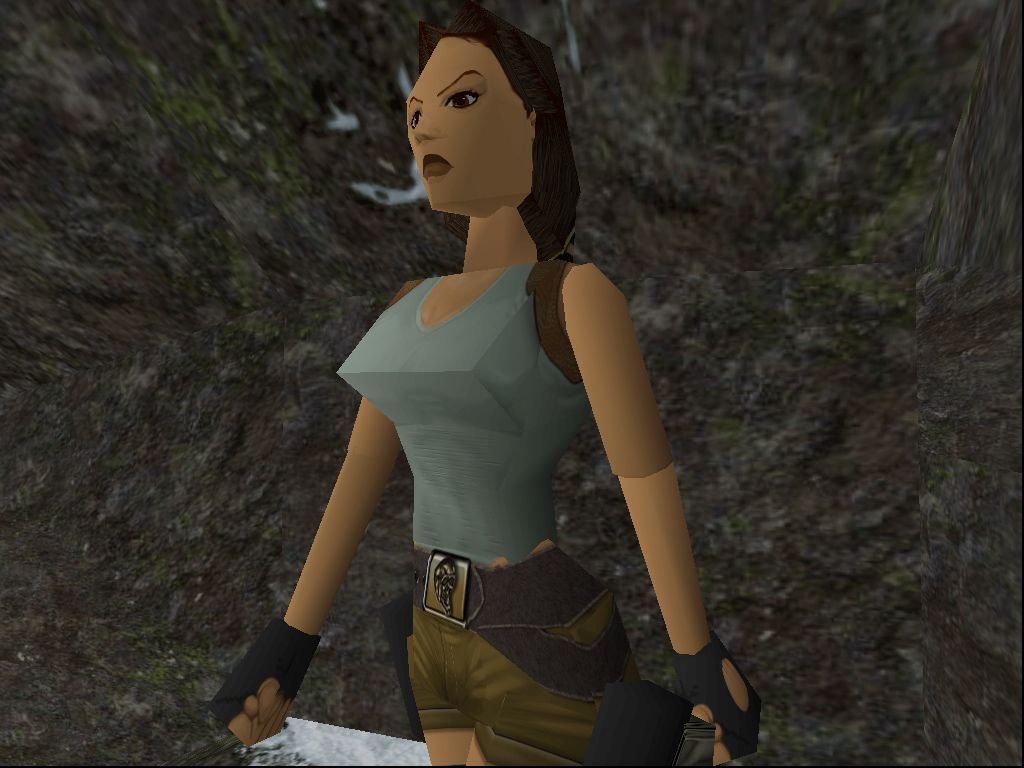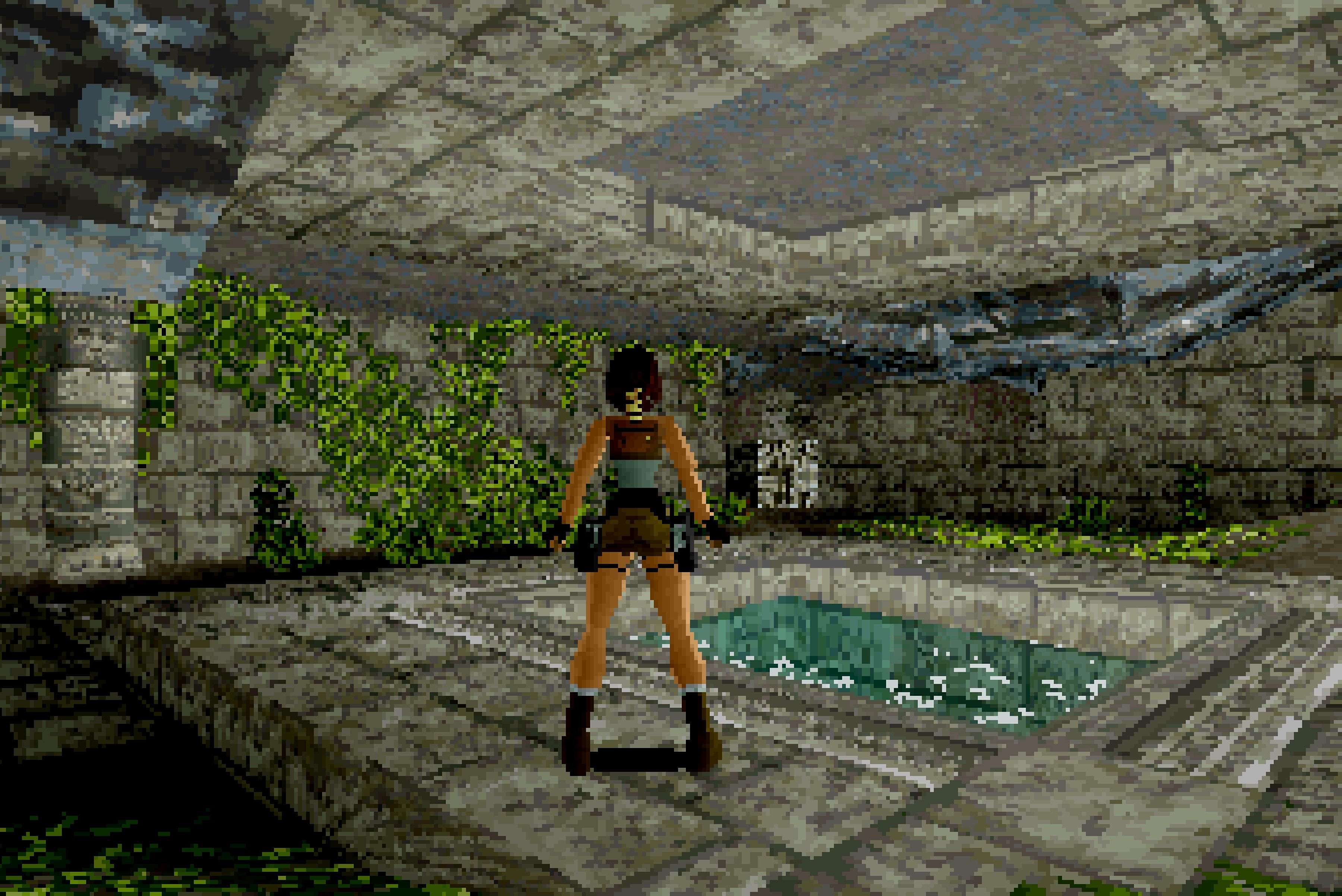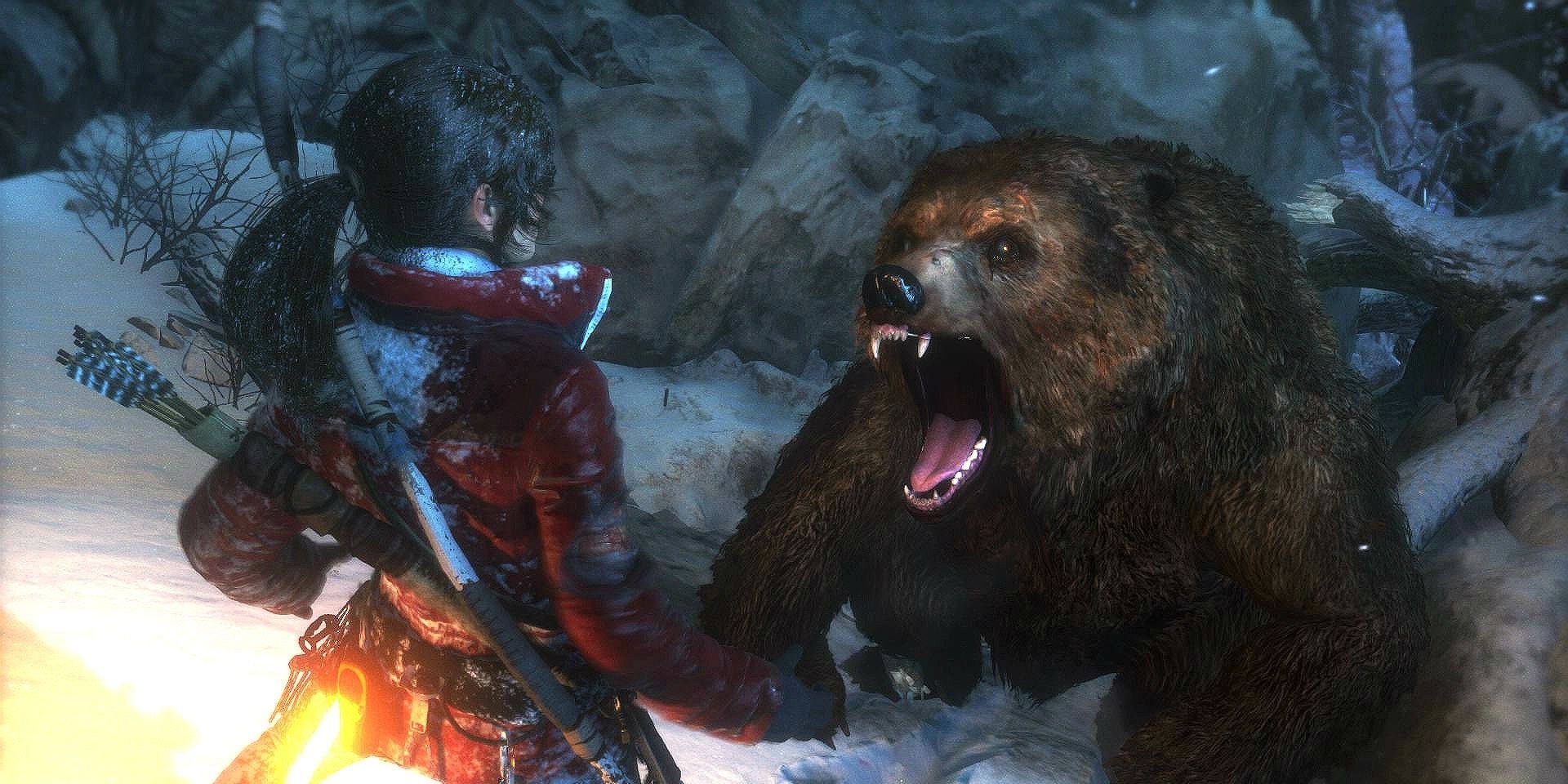Lara Croft’s Co-Creator On How She Was Almost An Anti-Hero – And Where Her Name Comes From
Paul Douglas talks Tomb Raider’s biggest influences, and discusses how Lara Croft took shape.
You Are Reading :Lara Crofts CoCreator On How She Was Almost An AntiHero And Where Her Name Comes From
.jpg)
“We were, for the most part, just a bunch of relatively inexperienced 20-somethings trying to make the best video game we could given the circumstances,” Paul Douglas, co-creator of Lara Croft tells me of how the first Tomb Raider game came together. “There was no master plan beyond that act of creation. It felt like we were building something unique as 3D character based games were relatively unexplored at that point. We really were just building a game we would enjoy ourselves and hoped it would gain a cult following but certainly weren’t thinking about a mainstream franchise that would last decades.”
Douglas was one of the few people present when Lara Croft sprang to life. Credited as the character’s co-creator, he wrote the initial design doc for the game, and saw her take shape from the very beginning. She’s often described as a mix between James Bond and Indiana Jones, but only one of those classic heroes was in the developers’ minds when she first came to be.
“The pitch was basically ‘Female Indy’ but there were a whole myriad of influences beyond that,” he tells me. “From books, games, comics, animation, music, as well as the more obvious action-adventure movie inspirations. Indiana Jones was just a starting point of familiarity. Can’t really remember James Bond being that much of an inspiration. Depends who you ask, I guess. We all brought different influences to the table. Off the top of my head, [there was] late 1800s adventure fiction H. Rider Haggard’s novels, and Arthur Conan Doyle’s The Lost World. They evoke the same sense of imperial adventure we were striving for. However, we weren’t celebrating Britishness so much as caricaturing it.

“I think Guy Miller, who was Core’s Creative Manager when we started, was influenced by Doctor Who as originally the combined artefact was some sort of TARDIS device that could act as a multi dimensional doorway to alternate worlds. That all got changed subsequently when Vicky [Arnold, Tomb Raider’s writer] joined the team.
“As for the character of Lara there’s the influence of early ‘90s AEon Flux – I think Toby [Gard, Lara Croft’s creator] has mentioned it a few times & the early Lara concept art is clearly inspired by it. It’s provocative, transgressive, visceral and morally ambiguous.The first seasons have this wonderful visual storytelling with no dialogue yet manages to convey a rich world with complex characters. How she dies in every episode is reminiscent of video games where the protagonist dies over and over and how that affects your relationship with the character. Fantastic animation, do check it out. Don’t bother with the film though.”
This morally ambiguous inspiration might be hard to trace in the Lara Croft we know today, especially in the most recent Shadow of the Tomb Raider, where she takes it upon herself to protect a remote village. Initially though, Lara was supposed to be a much darker figure.
“She was only ever partially drawn in Tomb Raider, even with the backstory added to the manual there was a lot that wasn’t explicitly laid out,” Douglas says. “Some of it is shown, rather than told, in the cutscenes – again that AEon Flux influence of visual storytelling – but there is still an enigmatic core that allows the player to project their interpretation. Beyond that, there was always this idea that she was morally conflicted, much more of an anti-hero than a standard action hero. We just didn’t have the budget or time to explore that anywhere near as much as we would have liked.”

Not only was Lara Croft not supposed to be a hero, she wasn’t supposed to be Lara Croft. It’s well known that Lara was originally known as Laura Cruz, but what’s less well known is the fairly random way her eventual iconic name was chosen. “There were three people in the room [Douglas, Gard, and Miller] when some of that stuff originated and we all have different memories – il buono, il brutto, il cattivo,” Douglas says. “Pretty sure Guy Miller came up with that Laura Cruz name but then Laura was changed to Lara soon after. I remember it coming from a baby names book whereby the derivation of Lara is more interesting than Laura. Cruz was changed later in the project by Vicky Arnold when she was searching for a more British sounding surname. My memory is that it came from the local Derby phone book.”
As for the game itself, Tomb Raider is noted for being one of the most influential games in the medium’s history, but in order to create a new genre, it borrowed from everywhere. “Prince of Persia certainly influenced the platforming, whereby its tile-based and the traversal movement is rhythmic rather than immediate,” Douglas says. “It’s one way to help resolve imprecise 3D depth perception by the player. Other video game inspirations were the old 8-bit isometric titles like Ant Attack, Knight Lore and Spindizzy. They were all built out of fairly crude blocks yet still managed to create believable immersive worlds.
“There was a wave of games that came out of France in the early ‘90s that were hugely influential for us: Flashback, Another World, Alone in the Dark – cinematic action games with a wonderful continental charm – we adored those. System Shock was inspirational for its sense of isolation & immersion – it also effectively entombed the player. I still vividly remember playing through that in late 1994 just as we were getting started in earnest.”
Lara’s name was not the only change made from the original pitch either. A level based in Angkor Wat was originally designed for Tomb Raider, but then did not appear until Tomb Raider 3. Like a lot of cut content in video games, it all came down to timing. “[Angkor Wat] was chopped out in favour of levels in Rome/Greece – some of the wildlife made the transition which led to some inconsistencies,” Douglas says. “There were so many level ideas for the first game that we had to cut it back to a reasonable amount of work sometime in early 1996. We still ended up working crazy hours to get everything done.”

Flying Lara to far-off destinations was not just for the excitement of the players – it was a specifically thematic choice, Douglas says. “The globetrotting makes a much needed contrast to the claustrophobia of the tombs. It’s another facet of the explorer theme.”
It also offered a contrast to the working environment at Core Design. Rather than being made in an office block somewhere, Tomb Raider was developed inside an old, slightly run-down Victorian mansion. “I think Core moved to a modern business park in the late ‘90s so the early Tomb Raiders were all done in [the mansion],” Douglas says. “Sounds more glamorous than it was. The boiler would break down in winter and it would be freezing. It was often a bit spooky after midnight when just myself and Toby were there and we would hear some creaking noise from somewhere in the building. Compounded by having to walk home at some ungodly hour through a park with dim incandescent street lights spaced way too far apart.”
In the Survivor trilogy, Tomb Raider has abandoned this globetrotting philosophy in favour of exploring a single location in depth. Though Douglas is no longer involved in the series, he understands the direction his creation has been taken in. “It makes perfect sense to concentrate on a single location when the themes are character origin rather than experienced explorer,” he tells me. “I do like what they have done with the reboot; they are staggeringly well put together games – not the somewhat unpolished effort we managed. Personally, it’s too combat focussed for me, I prefer the puzzle-like traversal of the originals but that’s hard to get away with in today’s triple-A games. Not too keen on the parental drama narrative either but it’s beyond anything we ever did. Very much looking forward to where they take it next.”

Mostly, he’s surprised Tomb Raider is being taken anywhere at all. Much like Gavin Rummery, another developer on the original game, he was surprised it even got a sequel, let alone would remain standing tall 25 years later. “[It’s] just staggering that it has endured this long,” he says. “I honestly thought there would be perhaps a sequel or two and that would be it. It always felt bound to that time period of the mid/late ‘90s. It’s fascinating that it imploded so stupendously under Core’s watch after the ‘90s. Without the radical change of developer it may never have endured.”
Link Source : https://www.thegamer.com/tomb-raider-lara-croft-co-creator-paul-douglas-anti-hero-where-her-name-comes-from/
